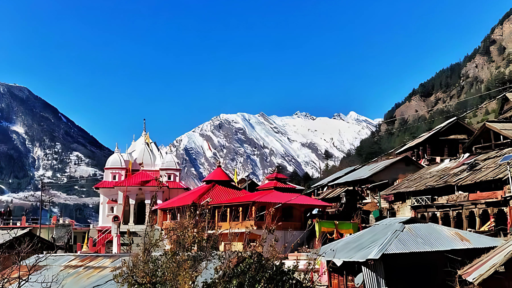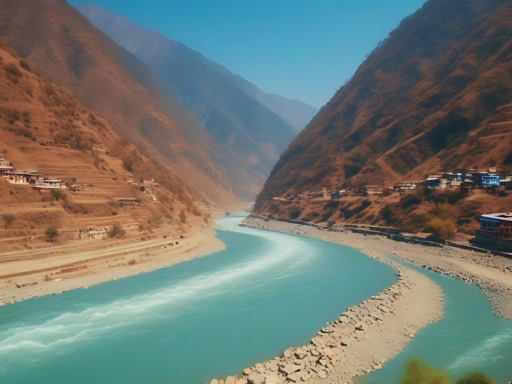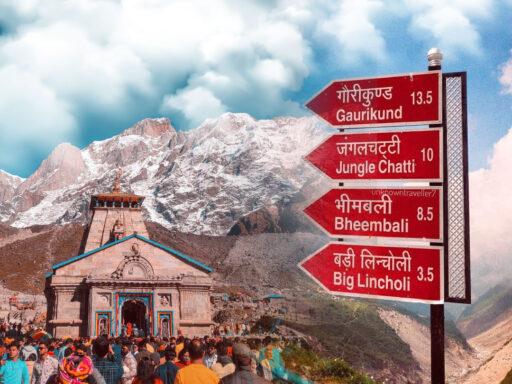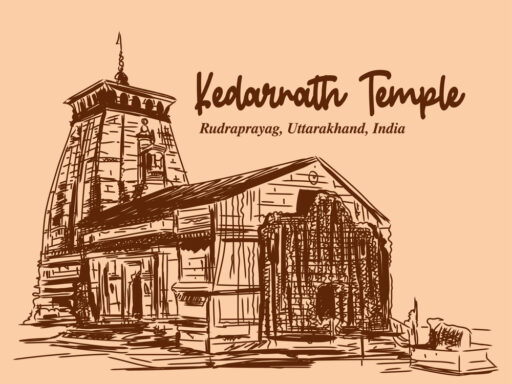The History and Culture of Harsil Valley set in the Garhwal Himalayas of Uttarakhand, reflect its deep-rooted significance as a historical and cultural hub. Once a crucial stop on the ancient caravan trail between Tibet and India, Harsil was more than just a trading post—it became a place where cultural exchange, commerce, and even cross-border marriages flourished. This unique role in facilitating interaction between two distinct regions helped Harsil develop into a vibrant center of diverse traditions, blending Tibetan and Indian influences that continue to shape the valley’s cultural identity today.
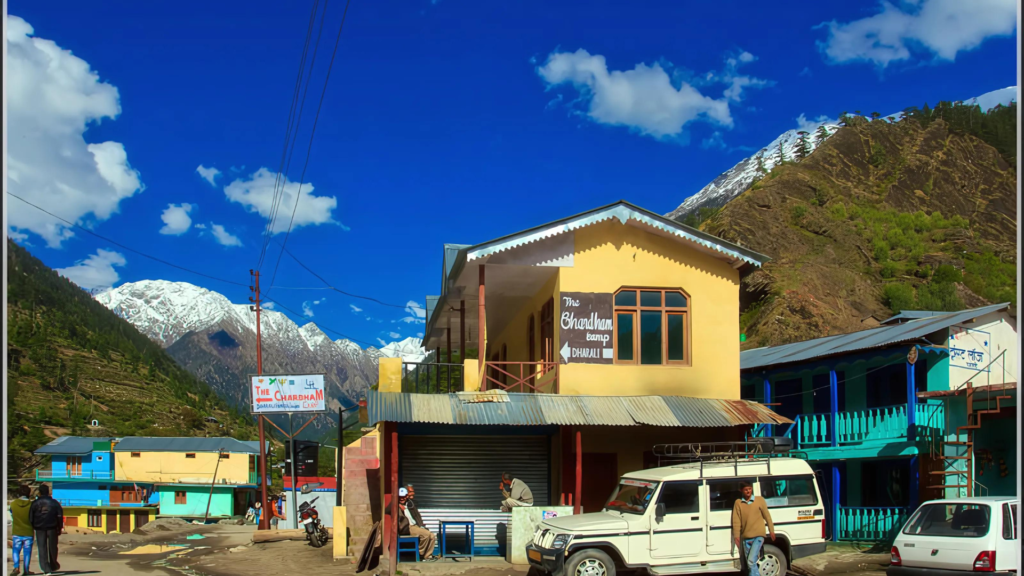
A Glimpse Into History and Culture of Harsil Valley
Harsil, once a flourishing hub on the old caravan trail between Tibet and India, became renowned in the mid-19th century when Frederick “Pahari” Wilson introduced apple and rajma cultivation, transforming the local economy. A former British army deserter, Wilson made a fortune logging deodar trees and was dubbed “Raja of Harsil.” His legacy, however, was tainted by environmental destruction, with activist Sunderlal Bahuguna later blaming him for Garhwal’s deforestation. Wilson’s story inspired Rudyard Kipling’s The Man Who Would Be King.
The Kingdom of Garhwal and British Influence
Harsil was part of the Garhwal Kingdom, an ancient dynasty that ruled much of Uttarakhand. The region’s landscape, including Harsil, shifted dramatically after the Anglo-Nepal War of 1815. Following the British victory, the eastern half of Garhwal was ceded to the British Raj, marking the start of British influence in the area.
One of the most notable historical figures associated with Harsil during this era was Frederick “Pahari” Wilson, an Englishman who settled in the valley in the mid-19th century. Wilson, a deserter from the East India Company’s army, fled to Harsil in 1842 and quickly adapted to the local lifestyle. Known to the locals as “Pahari Wilson” or the “Raja of Harsil,” he became an influential figure, introducing major agricultural changes to the region.
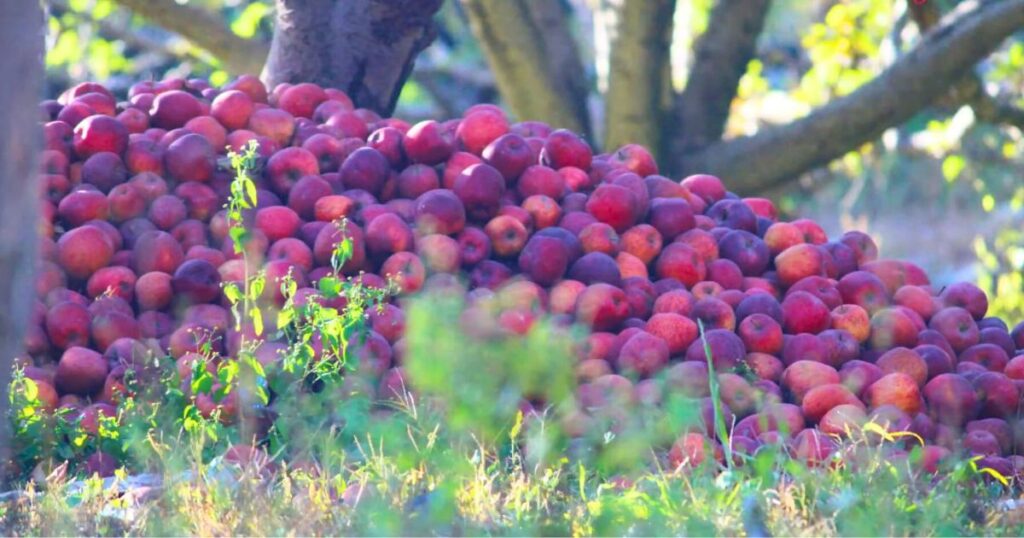
Wilson’s Legacy: Apple and Rajma Cultivation
Wilson is credited with introducing apple and rajma (kidney bean) cultivation to Harsil, which became the region’s primary cash crops. His efforts transformed the local economy, making Harsil one of the early centers of apple farming in the Himalayas, even influencing apple cultivation in neighboring Himachal Pradesh. To this day, Harsil apples are prized for their quality and flavor, a lasting legacy of Wilson’s agricultural innovation.
The Exploitation of Harsil’s Natural Resources
However, Wilson’s impact on Harsil extended beyond agriculture. He capitalized on the valley’s rich natural resources, particularly the dense forests of deodar trees. Wilson made a fortune by logging these valuable trees and selling them to the British for the construction of railways. His extensive exploitation of the deodar forests earned him great wealth, but it also led to widespread environmental degradation in the region.
Despite his economic contributions, Wilson’s actions had severe ecological consequences. Sunderlal Bahuguna, the environmental activist who later founded the Chipko Movement, blamed Wilson for the deforestation and environmental damage in Garhwal. His legacy, therefore, is a mixed one—while he brought economic prosperity through agriculture, he also caused significant harm to the valley’s natural ecosystem.
Wilson’s Influence in Popular Culture
Wilson’s life story even inspired literary works. He was a friend of A.O. Hume and Rudyard Kipling, the latter of whom is said to have based his famous novel The Man Who Would Be King on Wilson’s adventurous and controversial life. In addition, journalist Robert Hutchison wrote a detailed account of Wilson’s life in the book The Raja of Harsil, capturing the complex legacy of this British expatriate.
The Fall of Wilson’s Dynasty
After Wilson’s death in 1883, his legacy began to fade. His three sons squandered their inheritance, and by the end of World War II, the last known descendant had perished in an air crash. The family’s fortune, like much of Wilson’s legacy, was lost to time.
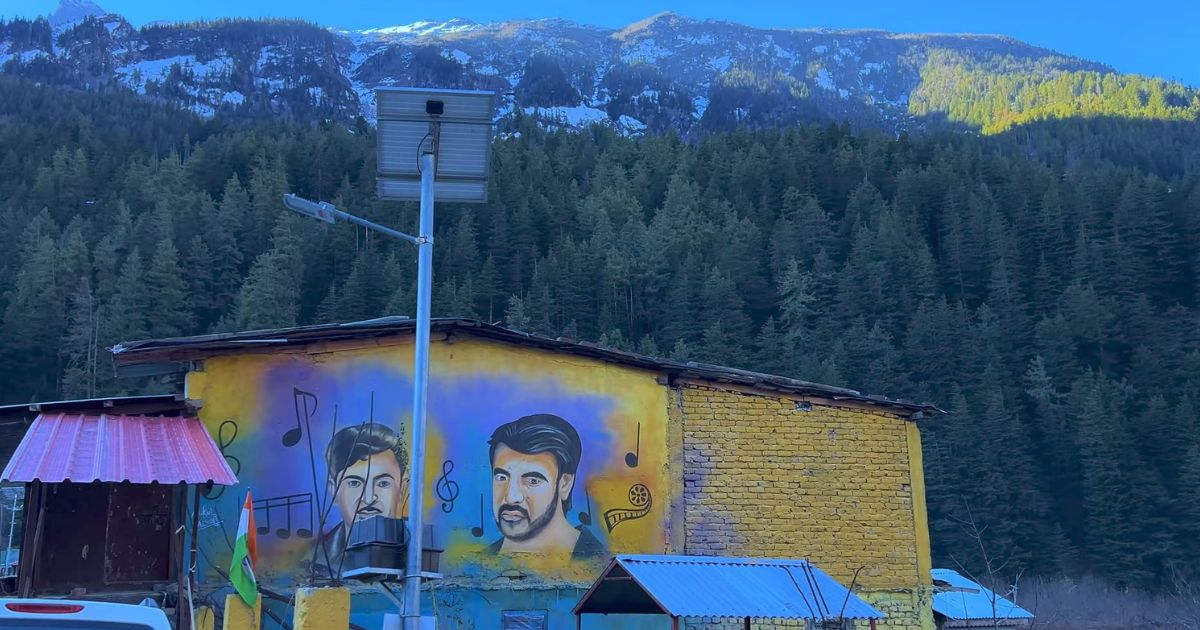
Rich History and Culture of Harsil Valley
Harsil Valley, nestled in the Garhwal Himalayas, is not only a destination of natural beauty but also a hub of rich cultural and historical significance. The valley’s cultural landscape is shaped by its ancient connections to trade, religion, and the influence of the British era, making it a fascinating place for culture enthusiasts.
Historical Significance of Harsil
- Ancient Trade Route: Harsil lies on the old caravan trail between India and Tibet, facilitating trade in commodities such as wool, salt, and spices. This exchange fostered a unique blend of cultural influences in the region.
- Garhwal Kingdom: Historically, Harsil was part of the Garhwal Kingdom. After the Anglo-Nepal War in 1815, the British Raj, allied with the Garhwal Kingdom, took control of the eastern half of Garhwal. This period marked the beginning of British influence in the valley.
The Influence of Frederick “Pahari” Wilson
One of the most intriguing figures in Harsil’s history is Frederick “Pahari” Wilson, a British deserter who fled to the region in the mid-19th century. Wilson’s impact on Harsil’s culture and economy is profound:
- Agricultural Transformation: In 1842, Wilson introduced apple and rajma (kidney bean) cultivation to the valley. This initiative turned these crops into major economic assets for the region, with Harsil apples still being highly regarded today.
- Logging Industry: Wilson made a fortune logging deodar trees, which he sold to the British for railway construction. While this brought wealth to the valley, it also led to significant deforestation.
- Nickname and Legacy: Locals called Wilson the “Raja of Harsil,” and he even minted his own coins. His life inspired Rudyard Kipling’s The Man Who Would Be King, and his story was later chronicled by journalist Robert Hutchison in The Raja of Harsil.
Cultural Influence of the Bhotia Tribe
The Bhotias are tribes living in high-altitude valleys near the Indo-Tibetan border in Uttarakhand, mainly in Pithoragarh, Chamoli, and Uttarkashi districts. They reside at altitudes of 6,500 to 13,000 feet, migrating to lower valleys during winter. Before the Indo-Tibetan border closed in 1962, the Bhotias traded with Tibet, exchanging Indian goods for wool, salt, and borax. Though not ethnically or linguistically homogeneous, the Bhotias share common cultural traits developed through interactions. The term “Bhotia” broadly refers to people in these valleys, united by geography and culture rather than ethnicity. Source

The Bhotia tribe has played a pivotal role in uplifting the cultural richness of Harsil Village, Uttarakhand. Historically, their involvement in cross-border trade between India and Tibet fostered cultural exchange, bringing diverse influences to the region. Their expertise in traditional wool weaving, using locally sourced materials, has enriched the village’s craft heritage. The intricate blankets, shawls, and socks they produce are not only utilitarian but also carry deep cultural significance, showcasing their craftsmanship.
The tribe’s use of natural dyes derived from plants like Rumex nepalensis and Berberis asiatica has added a unique, eco-friendly dimension to their textiles. These traditional practices, though now dwindling, have long contributed to the aesthetic and cultural identity of the region.
Religiously, the Bhotia people uplift the spiritual atmosphere of Harsil through their worship of Hindu deities like Bhawani Devi and regional gods, as well as their sacred treatment of the yak. Their homes, with stone shrines outside, reflect their deep-rooted spiritual practices.
Key contributions include:
- Traditional Weaving: The Bhotia tribe is renowned for their handwoven woolen products such as blankets, shawls, and socks. Their craftsmanship is integral to Harsil’s cultural identity.
- Natural Dyes: The tribe traditionally used eco-friendly dyes from local plants like Rumex nepalensis and Berberis asiatica to color their textiles. This practice added both aesthetic and cultural value to their products.
- Religious Practices: The Bhotia people worship Hindu deities like Bhawani Devi and maintain shrines outside their homes, reflecting their spiritual influence on the village.
- Yak Reverence: The yak, considered a holy animal, is an essential part of their religious and cultural life.


